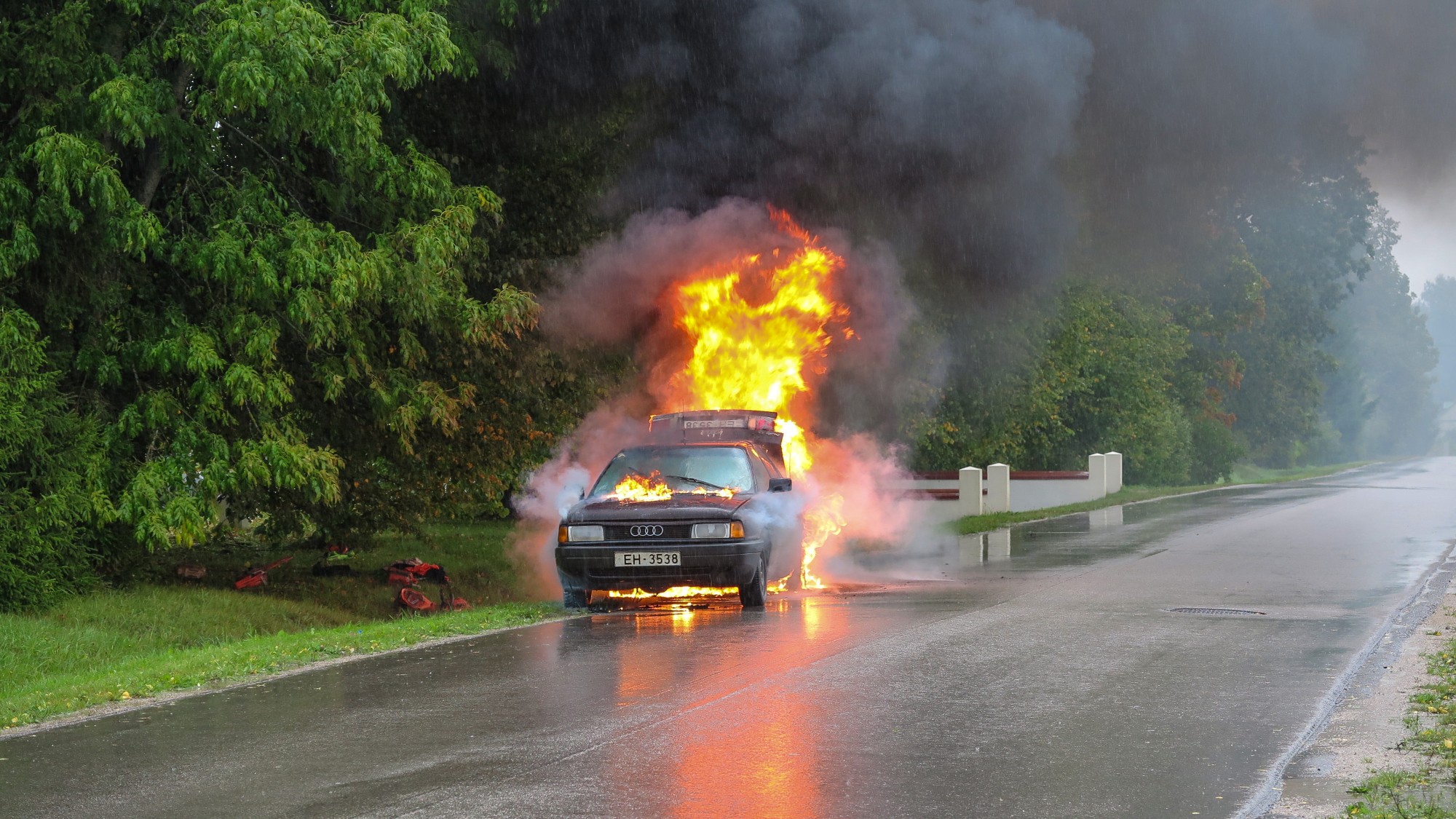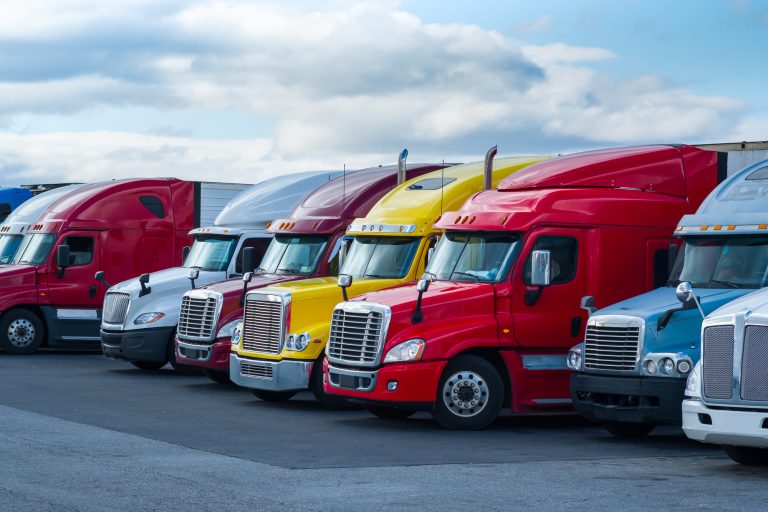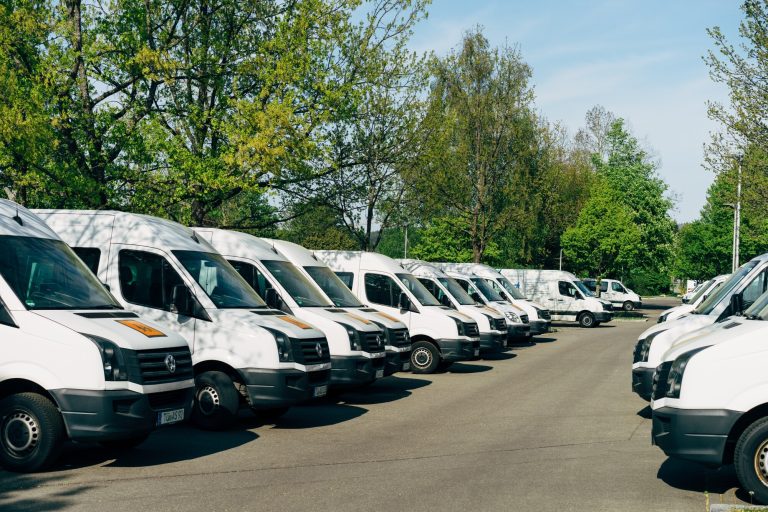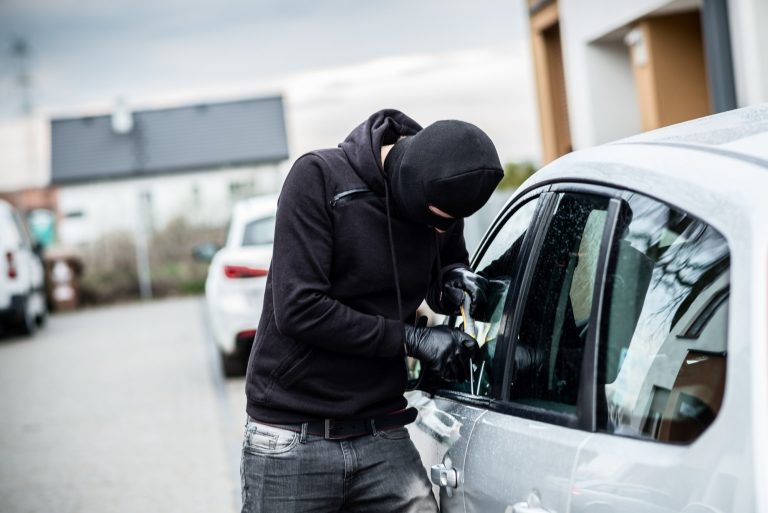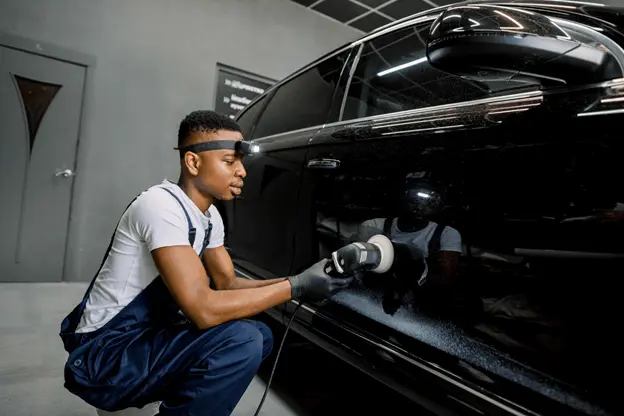How to Respond to a Vehicle Fire
Did you know that the top three causes of car accidents are distracted driving, booze, and speed? These three things, along with others, can set a fire in your vehicle and even get you injured or killed. If you, unfortunately, experience a vehicle fire, what should you do?
Keep on reading to learn everything you need to know about how to respond to a vehicle fire.
Preparation: Gathering the Necessary Tools and Supplies
Preparation is essential for responding to a vehicle fire. It provides fire and rescue teams with the necessary tools and supplies to deal with the fire. These include fire extinguishers, gloves, protective goggles, masks, helmets, and a variety of different fire suppression tools and nozzles.
More supplies, such as clean water and safety equipment, can also be useful. Having the right tools and supplies on hand before firefighting activities is essential for success.
Pay Attention to Early Telltale Signs
When driving, it is important to recognize the signals of a vehicle’s fire to respond. Early telltale signs include increased engine temperature, the smell of oil, gasoline, or smoke, and visible evidence of flames or sparks.
If signs of a vehicle fire are present, the driver should pull over or get as far away from the vehicle as possible, switch the ignition off, call emergency services, and use safety precautions to remove passengers and bystanders. Remember to stay calm, be attentive, and act quickly and responsibly should your vehicle ever catch fire.
Knowing What to Do When Time Is Short
When faced with a car on fire, it is important to alert others and notify the fire department. If a fire extinguisher is available, safely remove any passengers away from the vehicle and take the appropriate steps to extinguish the flames. If there is no fire extinguisher, keep a safe distance away and focus on evacuating the area.
It is important to assess the risk present, identify the source of the fire, and assess the immediate area. Learning more about Risk Analysis Required Placards can assist with this process and provide more information about the type of fuel, flammable liquids, or other hazards present in the vehicle.
Request Professional Help
It is important to call for assistance in the event of a car fire. The first step is to call 911 to request help from a fire truck, ambulance, or police unit. If a firefighter is not responding, contact a professional towing service to remove the vehicle from the area.
Once the fire has been put out and the area cleared, it is important to contact your insurance company to file a claim. By following these steps and requesting help when necessary, you can ensure that everyone involved is safe and that the vehicle fire is properly contained and extinguished.
Learn How to Respond to a Vehicle Fire
Having the right equipment, knowledge, and preparation is key when knowing how to respond to a vehicle fire. Stay safe by making sure the fire is out and an ambulance is called if anyone needs medical attention. If you ever find yourself in this situation, never hesitate to call 911.
Did you find this article helpful? Check out the rest of our blogs!
